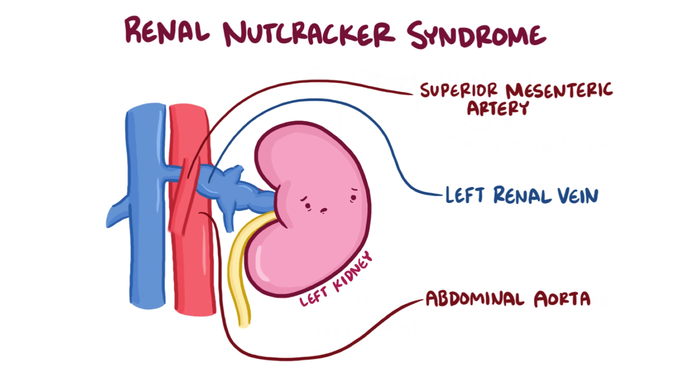


Nutcracker syndrome treatment
Treatment depends on your age and the severity of your symptoms. Based on your situation, your provider may begin with a conservative approach. If your symptoms don’t go away or get worse, you may need surgery. Conservative management For many people, especially children under the age of 18, a conservative approach is appropriate. If your child has nutcracker syndrome, their provider may recommend a conservative approach for up to two years. This involves keeping an eye on the situation and helping your child gain weight. Weight gain in your child’s belly area relieves pressure on their renal vein. For adults, providers generally recommend trying a conservative approach for six months. A conservative approach may involve medications to help kidney function, including: ACE inhibitors. Aspirin. Surgical intervention If you have severe symptoms and a conservative approach doesn’t help, you may need surgery or a minimally invasive procedure. Your provider will discuss your options with you and explain the benefits and risks of each one. Your provider will also discuss if you’re a candidate for minimally invasive methods. The goal of surgical intervention is to provide an open, smooth pathway for blood to flow from your kidney toward your heart. Nutcracker syndrome surgeries and procedures include: Renal vein transposition: Moves your left renal vein so it attaches to your inferior vena cava at a different location. This allows your renal vein to avoid traveling between your superior mesenteric artery and your aorta. Laparoscopic methods are an alternative to traditional open surgery. Stent insertion: Uses percutaneous (minimally invasive) methods to insert a stent into your left renal vein. This small tube helps open up your vein so blood can flow through it. Renal autotransplantation surgery: Removes your kidney and re-implants it in a new location near your hip bone.

